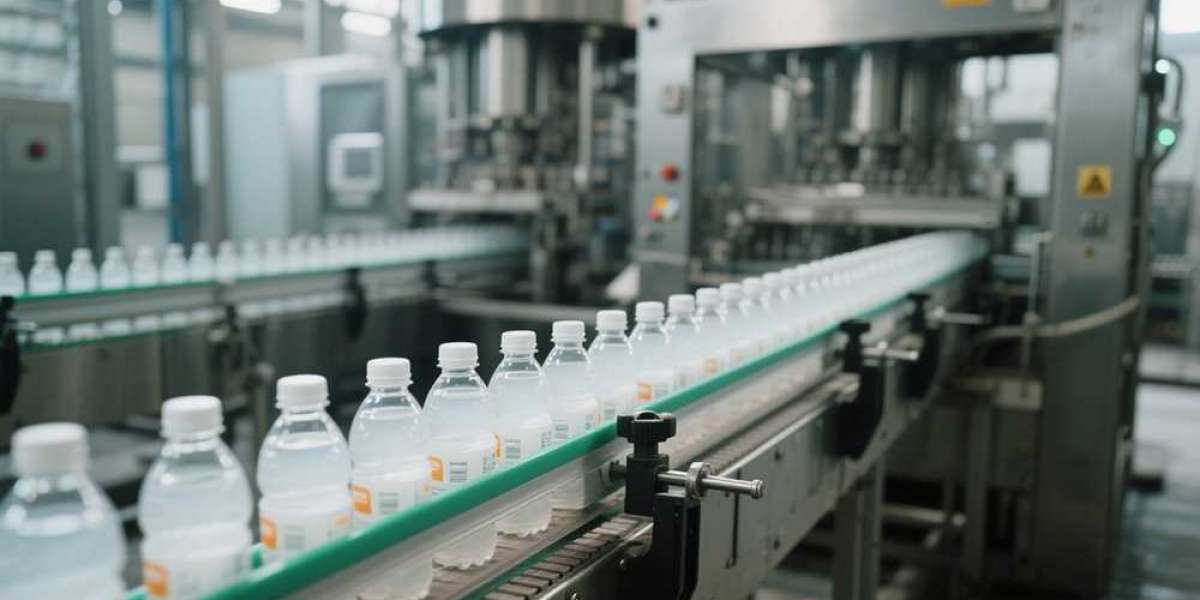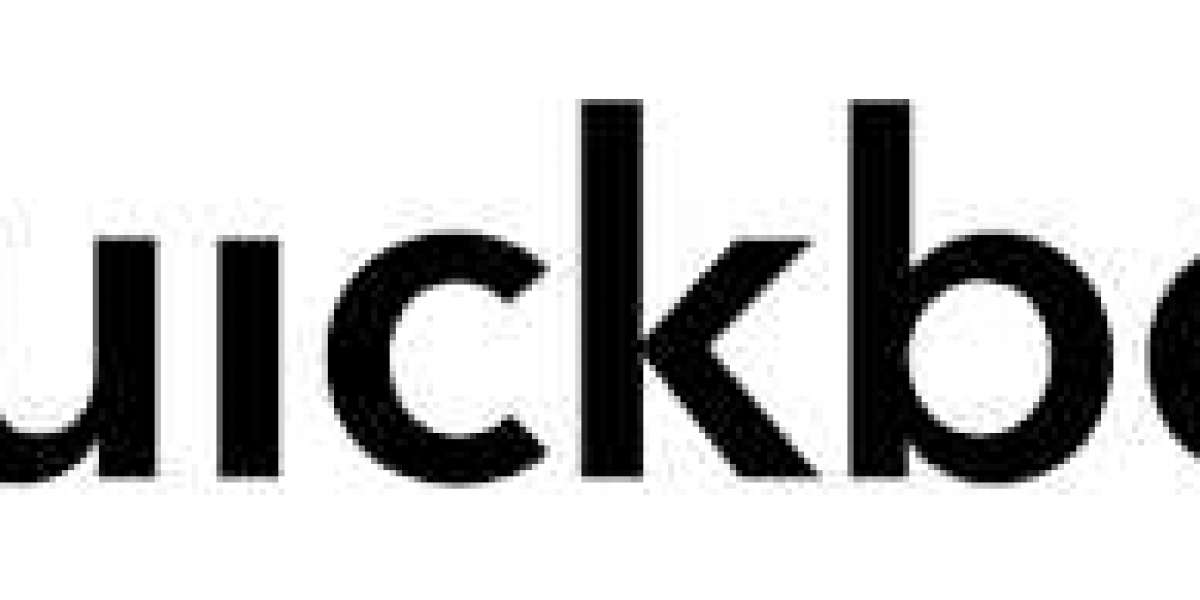In beverage manufacturing, saving money matters. Labor is a major cost for all sizes of businesses. Liquid filling automation offers a solution. Modern machines do more than work fast. They cut labor costs. They also keep production efficient and consistent. This article explains how these machines work. It shows what products they handle. It explains why they are a smart investment.
What Products Need Liquid Filling?
Liquid filling machine handle many drinks. Almost all daily drinks use filling equipment. Common examples include:
Soft drinks like sodas and iced tea. They need exact filling to keep fizz and ensure consistent amounts.
Beer in bottles or cans. Careful filling maintains freshness and carbonation.
Juices like orange or blended drinks. Consistent fill volume builds brand trust.
Dairy products like milk or yogurt drinks. Hygienic filling meets safety rules and extends shelf life.
Thicker items like syrups or sauces. Filling machines also handle these to prevent waste.
Machines exist for all liquids: thin, thick, fizzy, or still. As makers grow bigger, automation becomes vital. It helps meet demand without high labor costs.
How Liquid Filling Automation Reduces Labor Costs
Hand filling works for very small batches. But it is slow and costly for growing brands. Automatic liquid filling machine cut labor costs in key ways:
Fewer Workers Needed. Hand filling needs teams: one places bottles, another pours, someone caps, another inspects. It is slow. Mistakes like wrong filling levels are common. Automated machines change this. Full-auto machines fill 2000 to 6000 bottles per hour. They need little human help. One person can watch the machine and fix small problems. This replaces 3 or 4 hand workers. Semi-auto machines fill 300 to 1500 bottles per hour. They reduce labor too. They automate filling. Workers only load empty bottles and unload full ones. This cuts needed workers by half or more.
Less Time Spent on Repetitive Tasks. Hand filling is repetitive. Workers pour, stop, cap, repeat. This causes tiredness, slower work, and errors. Machines don't tire. They fill, cap, and move bottles steadily for hours. For example: A small brewery fills 500 bottles daily with two hand workers. Switching to a semi-auto machine (filling 1000 bottles per hour) lets those two workers fill 8000 bottles daily. They work the same hours. This means more output for the same labor cost.
Reduced Waste (and Less Cleanup). Hand filling errors cause waste. Overfilled bottles spill. Underfilled bottles get thrown out. Messy areas need extra cleaning. Liquid filling machines are precise. They fill exact amounts every time. This setting works for small juice bottles or large soda bottles. Precision cuts wasted product. It also cuts labor for spill cleanup. Many machines use stainless steel. This is easy to wipe clean. It saves daily cleaning time compared to hand equipment.
Lower Training Costs. Training new hand fillers takes time. They must learn to avoid spills, measure right, and keep things clean. Safety rules are important. Automated machines make training easier. Most have simple controls: set the volume, start, and watch. New workers learn basics in one day, not weeks. This reduces training time and labor hours. Experienced staff can then do other work.
Choosing the Right Liquid Filling Machine for Your Needs
Machines vary. Choose one matching your output, product, and budget. Main types are:
Full-Auto Machines: Best for large makers (2000+ bottles/hour). They connect to belts, cappers, and labelers. They run nearly alone. Great for big soda or dairy makers.
Semi-Auto Machines: Fit medium businesses (300-1500 bottles/hour). They fill automatically. Workers load and unload bottles. Ideal for craft breweries or small juice makers.
Small Machines: Fit startups or small batches. They are compact and affordable. They fill 60-300 bottles/hour. Great for special sauces or drinks.
When choosing, consider your liquid's thickness. Thick syrup needs a piston machine. Water uses a simpler model. Think about future growth. A machine filling 1000 bottles/hour today might need to handle 3000 next year. Look for flexible options with adjustable fillers.
Real-World Impact: How One Brewery Cut Labor Costs by 40%
A real example: A mid-sized craft brewery filled 10,000 beer bottles weekly. This took 4 workers. They spent 40 hours weekly just filling. Labor cost was $1,600 weekly (at $20/hour). They switched to a semi-auto filling machine. They reduced to 2 workers. The machine filled faster—15,000 bottles weekly. Workers only loaded bottles and checked quality. Labor cost dropped to $960 weekly. This saved $640 weekly. Yearly savings were $33,280. This paid for the machine in under 6 months.
Liquid filling automation is essential for saving money. These machines cut needed workers. They reduce repetitive work. They minimize waste. They lower training time. This lets businesses focus on making great drinks and growing. Small juice makers or big soda producers all benefit. Find a machine that fits your needs. Invest in automation. Watch your labor costs drop and efficiency rise. In the competitive beverage world, every dollar saved helps make better products.








